7 Home Renovations That Are a Waste of Money This Year
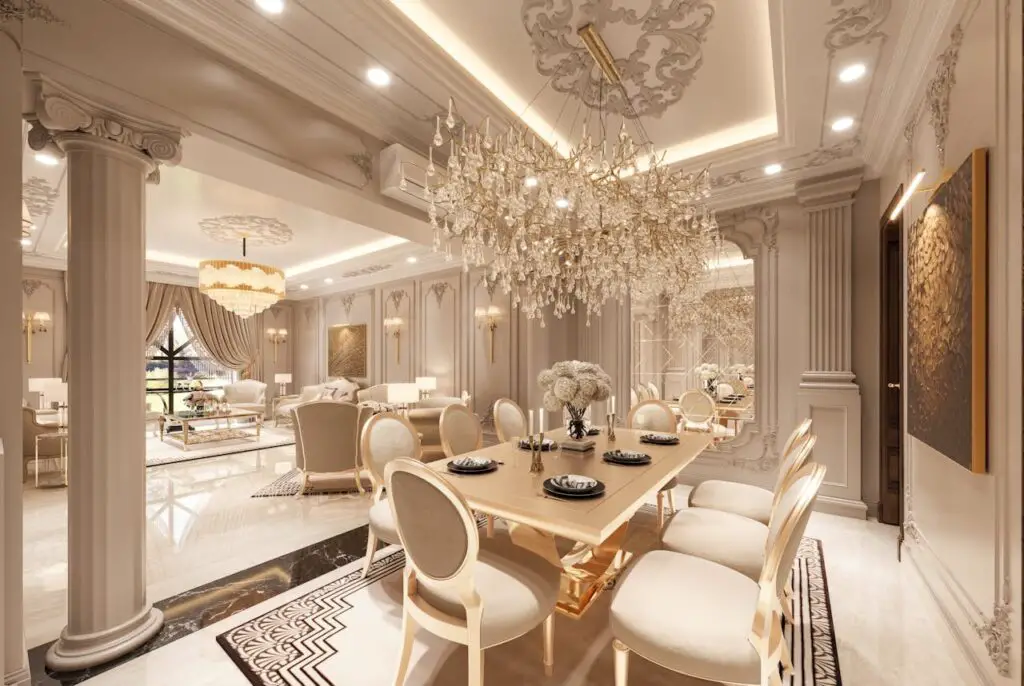
Home renovations can be exciting, but not every upgrade is worth the investment. While some renovations add value and make your home more appealing, others drain your wallet without offering a good return. With rising labor and material costs, it is more important than ever to be strategic about home improvements. If you are thinking about remodeling, be sure to avoid these seven home renovations that are a waste of money this year.
1. Luxury Kitchen Remodels That Go Overboard
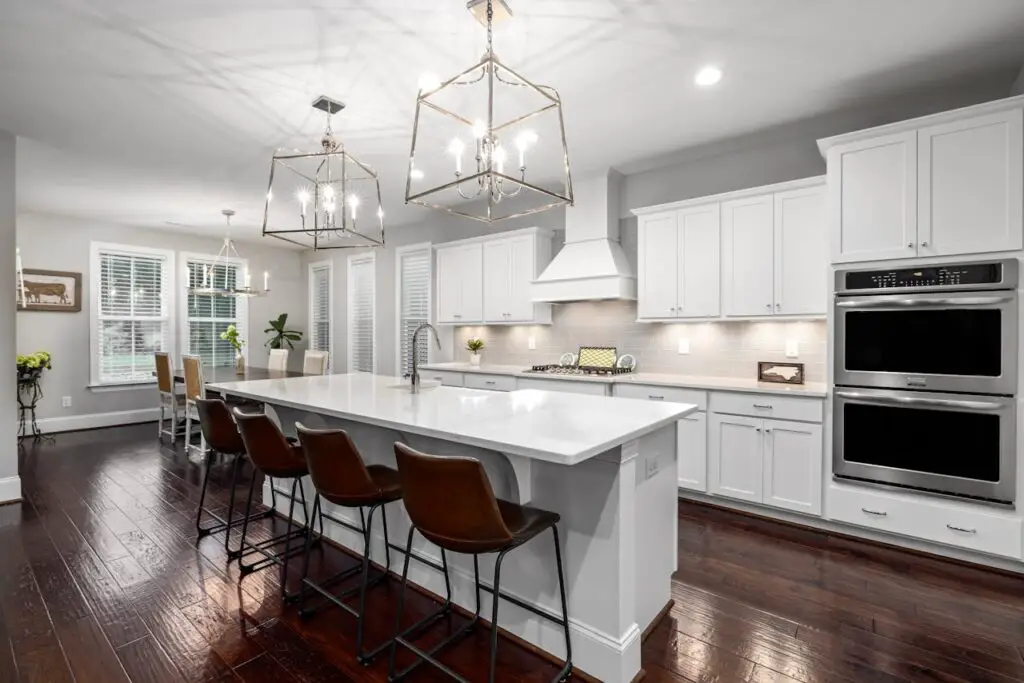
A modern and functional kitchen is a major selling point, but there is a fine line between a worthwhile upgrade and an overpriced renovation. Many homeowners assume that a luxury kitchen with top-tier appliances, custom cabinetry, and expensive countertops will significantly boost home value, but that is not always the case. High-end kitchen remodels often cost upwards of $50,000, yet they rarely provide a full return on investment. Most buyers appreciate a well-kept, updated kitchen, but they are not necessarily looking for a chef-style space with premium finishes. Instead of going all out, focus on practical improvements like repainting cabinets, upgrading hardware, or swapping out old appliances for energy-efficient models. These minor upgrades can refresh your kitchen without the excessive costs.
2. Lavish Bathroom Overhauls That Do Not Pay Off
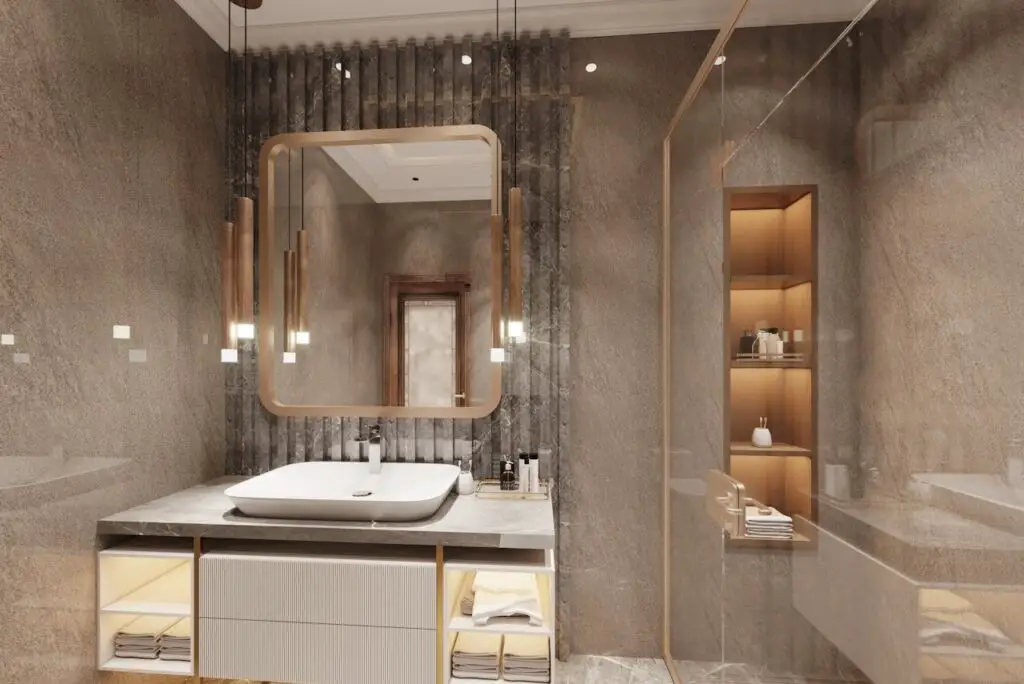
Upgrading an outdated bathroom can add value to your home, but there is no need to go overboard. Many homeowners invest in expensive features like oversized soaking tubs, heated floors, and designer fixtures, only to find that these upgrades do not offer a strong return. While luxury bathrooms can be appealing, most buyers are simply looking for a clean, functional, and modern space. Spending thousands on high-end materials and custom features may not be worth it if buyers do not see the value in them. A more budget-friendly approach is to focus on small updates like replacing outdated fixtures, regrouting tiles, or installing a new vanity. These simple changes can give your bathroom a fresh look without wasting money on unnecessary upgrades.
3. Installing a Swimming Pool That Becomes a Burden
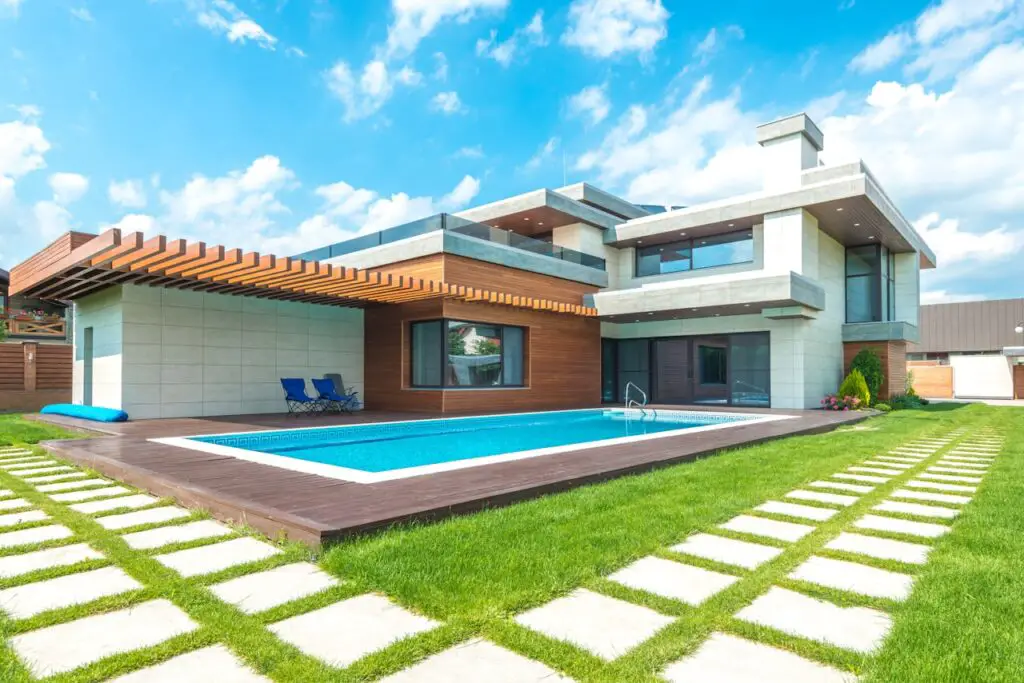
A backyard pool may seem like the ultimate luxury, but it is often more trouble than it is worth. Pools come with high installation costs, ongoing maintenance expenses, and potential safety concerns that can deter potential buyers. In some regions, pools can even reduce home value because of the upkeep required. Many homeowners find that they do not use their pool as often as they expected, making it a costly addition with little return. If you are looking to enhance your outdoor space, consider adding a patio, fire pit, or outdoor kitchen instead. These features are more versatile, require less maintenance, and are more appealing to a broader range of buyers.
4. High-End Smart Home Technology That Ages Quickly
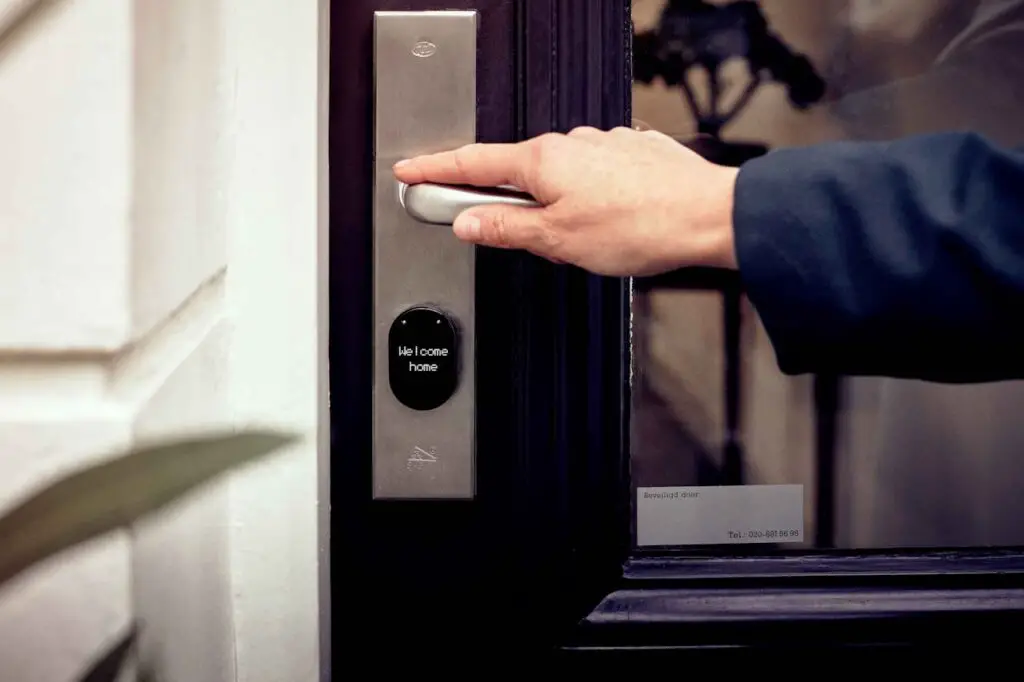
Smart home technology is becoming more popular, but investing in expensive systems is not always a smart financial decision. Features like voice-controlled lighting, built-in home assistants, and advanced security systems can make your home feel modern, but they do not always increase its resale value. Technology evolves rapidly, meaning what is cutting-edge today may be outdated in just a few years. Some buyers may also see these systems as a hassle, worrying about future repairs and compatibility issues. Instead of splurging on high-end smart home upgrades, focus on practical technology improvements like smart thermostats, video doorbells, or keyless entry locks. These simple upgrades can enhance convenience without the risk of rapid obsolescence.
5. Adding a Sunroom That Fails to Justify the Cost
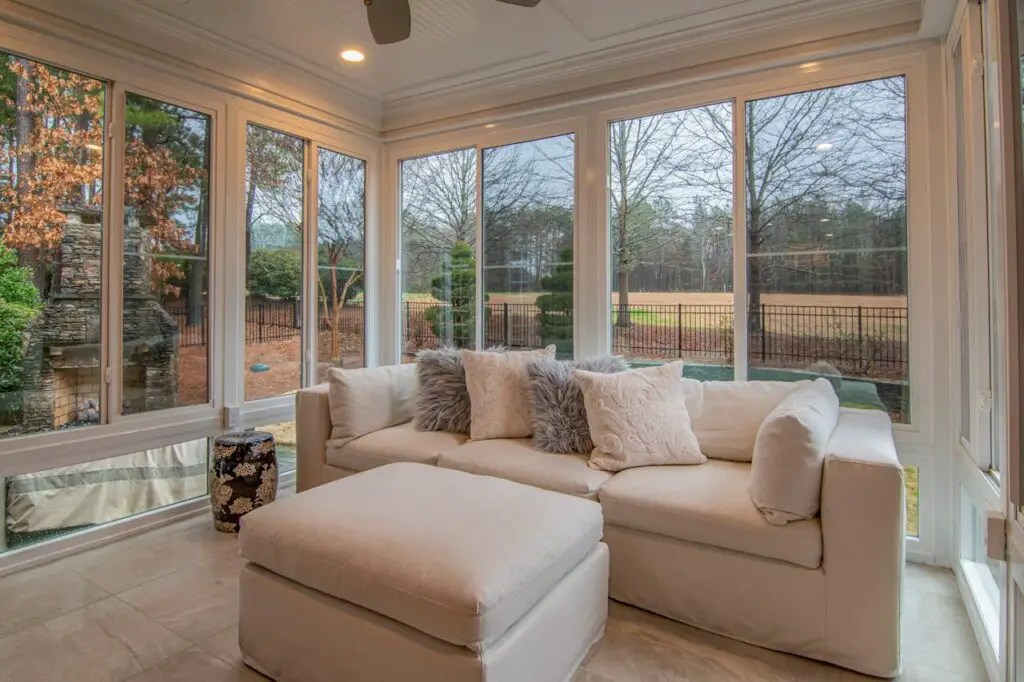
A sunroom might seem like a great way to enjoy natural light while staying protected from the elements, but it is rarely worth the investment. Building a sunroom can cost tens of thousands of dollars, and it does not always add significant value to your home. In many cases, homeowners end up using the space less than they anticipated, making it an expensive and underutilized addition. Moreover, sunrooms often require additional heating and cooling to be comfortable year-round, adding to long-term costs. Instead of a costly sunroom, consider expanding your outdoor living space with a pergola, covered patio, or screened-in porch. These options offer the same outdoor experience at a fraction of the cost.
6. Converting a Bedroom Into a Specialty Room That Hurts Resale Value
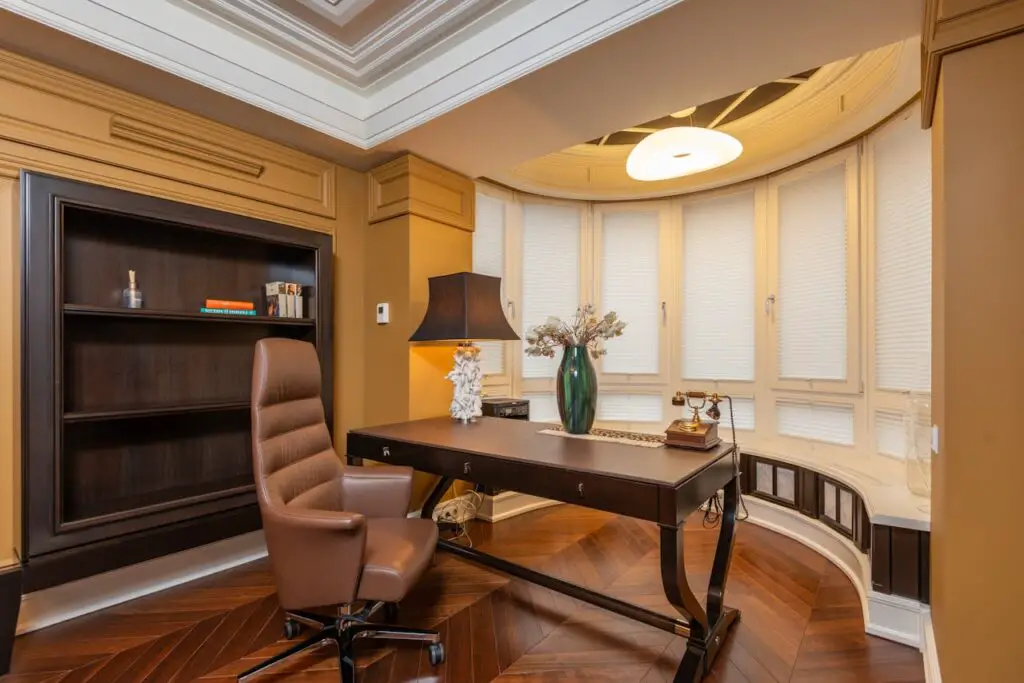
It might be tempting to transform an extra bedroom into a home office, gym, or custom walk-in closet, but doing so can hurt your home’s resale value. The number of bedrooms in a house is one of the biggest factors buyers consider, and reducing that count can make your home less appealing. While having a dedicated office or workout space is useful, many buyers prefer flexibility and may not see the same value in a converted room. If you need a specialized space, consider using temporary or reversible changes instead. Modular furniture, fold-away desks, or multi-functional storage solutions can help you create the space you need without permanently sacrificing a bedroom.
7. Over-the-Top Landscaping and Water Features That Require Too Much Maintenance
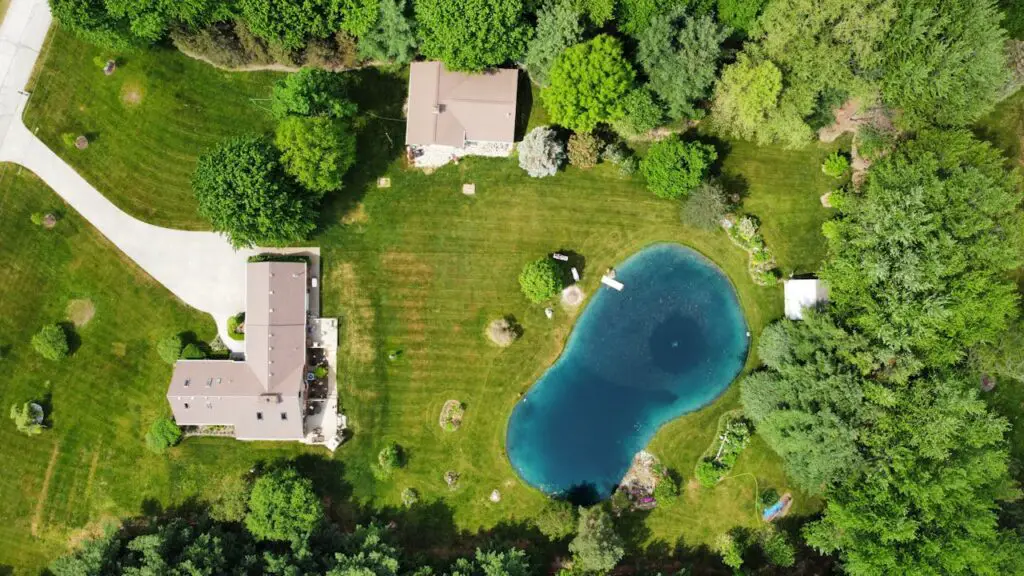
Curb appeal matters, but pouring money into elaborate landscaping projects is not always the best investment. Features like custom stone pathways, intricate gardens, or large fountains may look stunning, but they often require extensive upkeep that many buyers are not willing to take on. High-maintenance yards can actually be a turnoff for potential buyers who prefer a more manageable outdoor space. Instead of spending a fortune on elaborate landscaping, focus on simple, low-maintenance improvements like planting native plants, updating the lawn, or installing energy-efficient outdoor lighting. These upgrades can boost curb appeal without the extra hassle or expense.
Final Thoughts
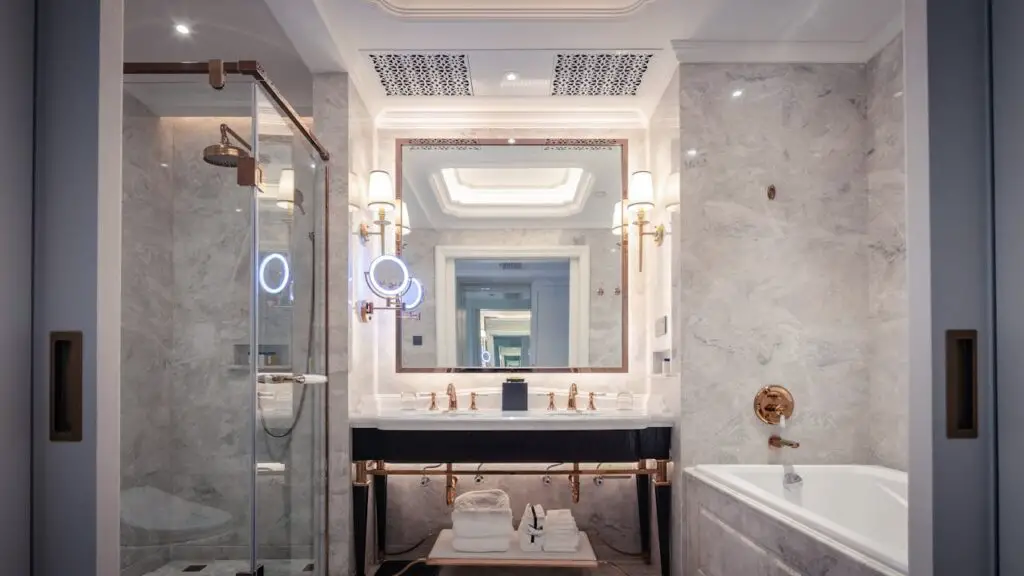
Not all home renovations are created equal, and some upgrades simply do not offer a good return on investment. This year, homeowners should be cautious about where they spend their money, avoiding projects that are more expensive than they are worth. Instead of pouring thousands into luxury remodels, high-maintenance features, or rapidly outdated technology, focus on practical upgrades that improve both functionality and value. Small changes like fresh paint, energy-efficient updates, and well-planned outdoor spaces can enhance your home without draining your savings. By making smart renovation choices, you can enjoy a beautiful, functional home while ensuring your investment pays off in the long run.
Aus Construction offers exceptional home renovation services in Hobart, showcasing their commitment to high-quality craftsmanship and personalized solutions for every project. The website effectively highlights their wide range of renovation services, from small upgrades to complete home transformations. Whether you’re looking to renovate your kitchen, bathroom, or entire home, their experienced team ensures each project is executed with attention to detail and professionalism.What stands out is their dedication to customer satisfaction, working closely with clients to understand their vision and deliver results that exceed expectations. The site is user-friendly, offering clear information about their services, previous projects, and how to get in touch for consultations.
Our Debt-Free Family offers a thoughtful perspective on home renovations and the financial implications involved. The article provides a balanced view, highlighting both the pros and cons of renovating your home, making it a valuable resource for anyone considering such a project.I appreciate how the website gives practical advice, helping homeowners make informed decisions based on their financial goals. It’s clear that the site’s focus is on promoting financial health, which is especially helpful for those navigating the complexities of home ownership and renovation.They suggest prioritizing practical upgrades like repainting cabinets, replacing hardware, and adding energy-efficient appliances. This strategy allows homeowners to improve their spaces while keeping costs manageable.